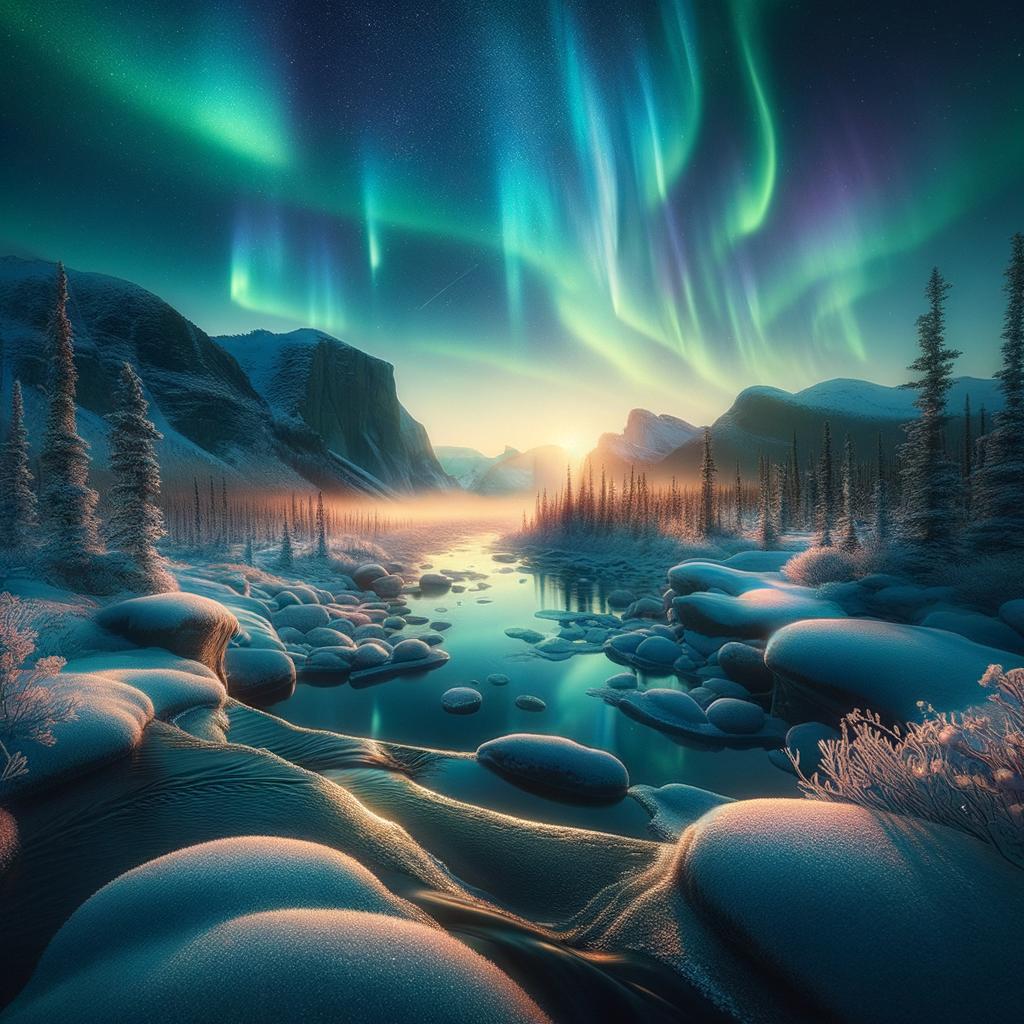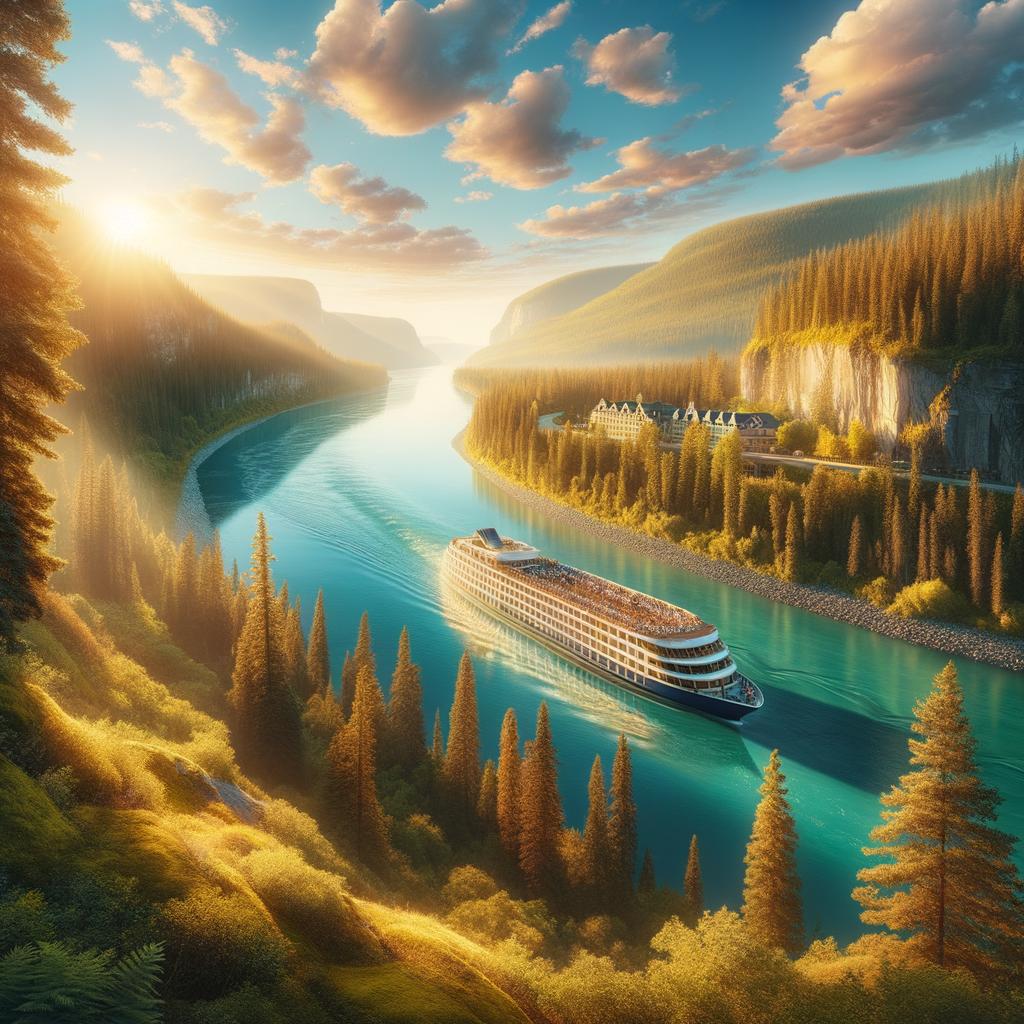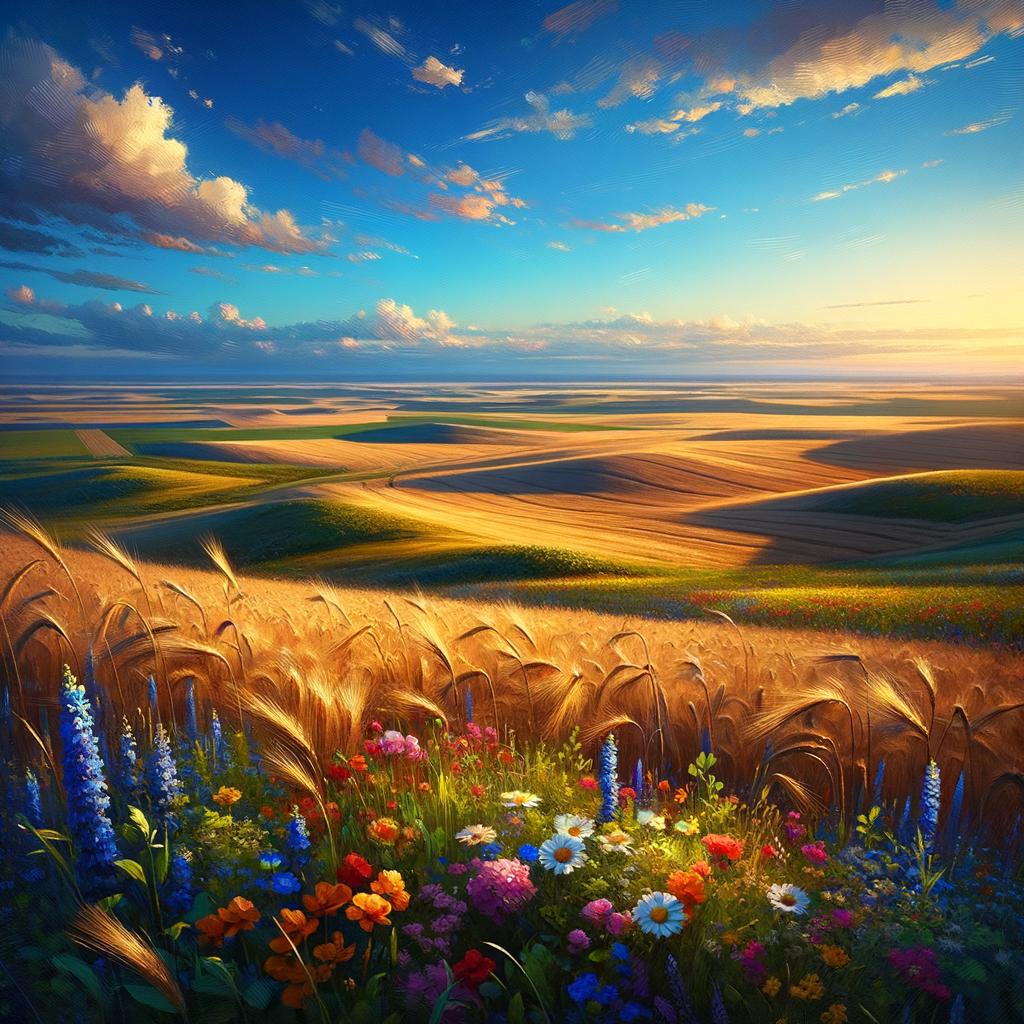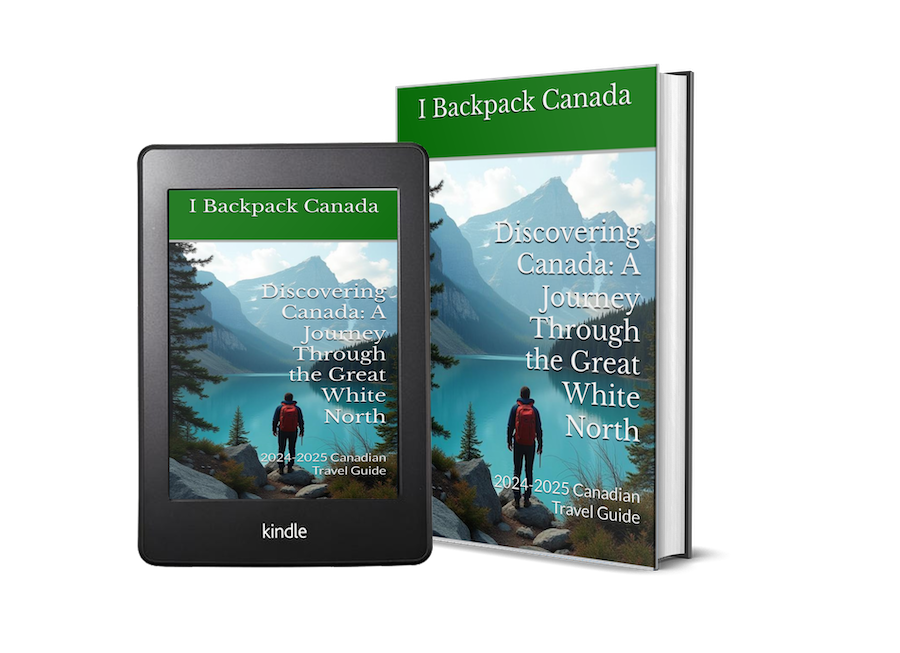Best Places for Aurora Photography in Canada
Posted on June 23, 2025 • 4 minutes • 791 words
Table of contents
Canada is one of the most captivating countries for those eager to capture the ethereal beauty of the Northern Lights. With its expansive wilderness, clear skies, and minimal light pollution, Canada offers a front-row seat to this natural phenomenon. Whether you’re a professional photographer or an enthusiastic amateur, finding the perfect location can make all the difference in your aurora photography journey. Let’s explore some of the best places in Canada for photographing this stunning spectacle.
Yellowknife, Northwest Territories
Yellowknife stands out as one of the premier destinations for aurora photography. Renowned for its clear skies, this city is located directly beneath the auroral oval, making it a prime spot for viewing the lights. The best time to visit is from late August to early April, when the nights are longest. Photographers can take advantage of various vantage points around Great Slave Lake, where the reflections on the water create breathtaking images. Local tour operators offer guided excursions to optimal viewing locations, ensuring you don’t miss a moment of this incredible display.
Jasper National Park, Alberta
Jasper National Park is another top destination for capturing the Northern Lights. This UNESCO World Heritage site boasts dark skies, perfect for celestial photography. The park is home to numerous lookout points, such as Pyramid Lake and Maligne Lake, where the mountains provide a stunning backdrop for the auroras. Visiting during the winter months not only increases your chances of seeing the lights but also allows you to enjoy activities like skiing and snowshoeing during the day. Make sure to check the aurora forecast for the best chances of witnessing this enchanting phenomenon.
Banff National Park, Alberta
Banff National Park, with its iconic mountain scenery, offers a unique perspective for aurora photography. The enchanting landscapes of Lake Louise and Moraine Lake can provide a stunning foreground for the lights. The winter months are ideal, as the park is less crowded, and the chances of clear skies are higher. Be prepared to experiment with your camera settings to capture the vibrant colors of the auroras against the majestic Rocky Mountains. Local photography workshops can also provide valuable tips and guidance for capturing the perfect shot.
Whitehorse, Yukon
Whitehorse is a hidden gem for aurora enthusiasts and photographers. With its strategic location in the auroral oval, it boasts some of the best viewing opportunities in Canada. The city offers various urban and rural locations for photography, including the banks of the Yukon River. The winter months provide the best conditions, especially from late November to early March. Local tour companies often organize aurora viewing tours that take you to remote locations, away from city lights, enhancing your chances of capturing stunning images.
Churchill, Manitoba
Known as the “Polar Bear Capital of the World,” Churchill is not just famous for its wildlife but also for its spectacular displays of the Northern Lights. The town’s northern latitude makes it an exceptional location for photography, especially between November and March. The open tundra surrounding Churchill provides unobstructed views of the night sky, allowing for breathtaking photography opportunities. Visitors can also enjoy unique experiences such as dog sledding and ice fishing during their stay, making it a multifaceted adventure.
Iqaluit, Nunavut
Iqaluit, the capital of Nunavut, offers a unique Arctic experience for those seeking to photograph the Northern Lights. The remote location and low light pollution create ideal conditions for aurora viewing. The best time to visit is from December to March, when the nights are long and the auroras are frequent. Photographers can capture the lights reflecting off the icy landscapes, creating stark contrasts and vibrant colors. Engaging with local communities can also provide insights into Inuit culture and traditions, enriching your overall experience.
Tips for Capturing the Northern Lights
To make the most of your aurora photography experience, consider the following tips:
- Use a Tripod: A sturdy tripod is essential for stabilizing your camera during long exposure shots.
- Adjust Camera Settings: Use a wide aperture (f/2.8 or lower), a high ISO (800-3200), and experiment with exposure times to capture the best images.
- Scout Locations: Familiarize yourself with your chosen location during daylight to find the best angles and compositions.
- Check the Forecast: Monitor aurora forecasts and weather conditions to increase your chances of a successful shoot.
- Stay Warm: Dress in layers and keep your camera gear protected from the cold to ensure a comfortable photography session.
With its breathtaking locations and opportunities for stunning images, Canada truly stands out as a premier destination for aurora photography. Whether you’re exploring the rugged landscapes of the Rockies or the serene beauty of the tundra, the Northern Lights await your lens. Grab your camera, pack your warm clothes, and embark on an unforgettable journey to capture the wonders of the night sky.





